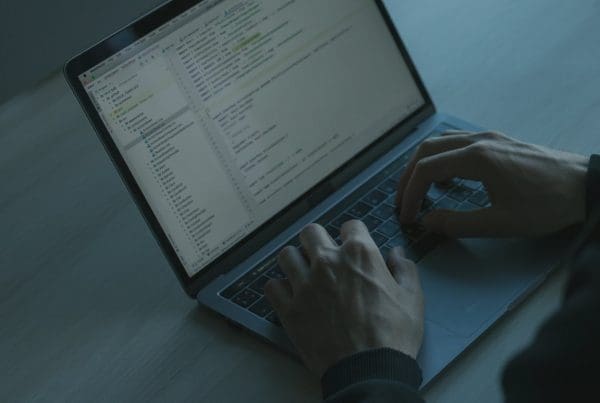Carolyn Ramp of Resolution Counseling circumvents logistical costs and resource constraints.
The total cost of running a business can be hard to quantify without taking all factors into account, and behavioral health care is no different. Practice-related costs come in tangible forms, such as rent, payroll, and office supplies, but equally important (if not more important) to consider are all the indirect costs that affect the practice’s bottom line. Such costs might include billing kickbacks, additional hours spent preparing for an audit, and general productivity loss resulting from operational inefficiency.
Indirect costs can become elusive and convoluted to the degree that practice managers struggle to remain cognizant of them. Carolyn Ramp, LPC NCC ACS learned first-hand the extent of practice-related costs when starting her own practice, Resolution Counseling.
Ramp had initially come from a paper-based practice and understood the limitations that came with using paper over an electronic health records system. Equipped with a thorough understanding of the business case for EHRs, she knew it was time for a change as she began setting things up for herself. “I wanted to go with something that was more advanced than what we were using,” Ramp recalled. “[The old system] was a little archaic and I definitely wanted electronic records.”
Having spent time in an organization where clinical and administrative workflows were manual, the efficiencies that came with EHR adoption highlighted how much time and resources Ramp’s practice could save.
“I started really looking at what it offered and it meant I did not have to have file cabinets, […] file folders, I did not have to have paper to go in those file folders, I did not have to pay someone to sit and make all my patient reminder calls, so when I started looking at what all it saved me, I realized that actually […] it became more economical to go with Valant.”
Software automation saves practices considerable amounts on materials and human resources, even as practices experience staff turnovers or significant organizational growth. But where it really shines is how it can usher a practice through regulatory change. In recent years, the industry has undergone some significant adjustments, and regulatory compliance has been an ongoing challenge for practices. Depending on what kind of business solutions practices have in place, getting compliant can translate into hundreds of extra hours of work or a substantial loss to productivity. Not so with Valant.
“When we had to switch to the DSM-5 from the DSM-IV-TR, we didn’t have to worry about it. When we had to start using ICD-10 codes, all these other therapists were talking about what a pain it was and how they were really going to have to struggle and make all these changes and I’m like, ‘Look, my EHR handles all that. They put the codes in.’”
When evaluating EHR solutions for private practices, it is important to think of total cost not just in respect to the initial buying process, but how the practice will be affected for years to come. Practice owners must consider how much they wish to worry about unforeseen complications resulting from inadequate business solutions. Maintaining paper systems, budgeting for additional staff to address the administrative workload, and responding to industry changes are legitimate causes of concern, but according to Ramp, “I’m not panicked about those things because my EHR panics [for me]. Valant takes care of it for me so I don’t have to worry about it. As my company has grown, Valant has been there to assist me along the way. It wasn’t difficult to add new therapists or staff members to our system. It ran as smoothly as always.”




